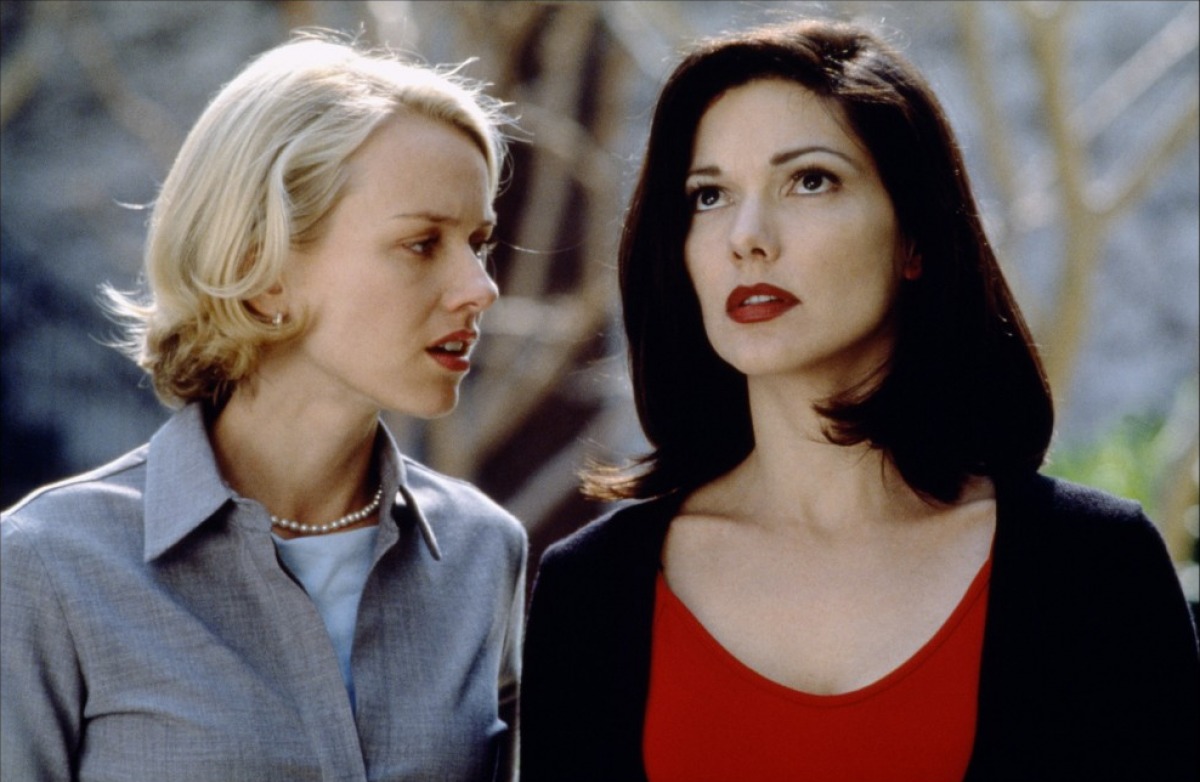
At the early stages of film history, the medium was mainly considered as a means of reproduction. No doubt, like photography embalms time, a key aspect of film is that it is able to record and conserve movement. However, theorists, such as Eisenstein and Karacauer realised early on that film is more than the simple reproduction of reality, and argued that it is, in fact, the seventh form of art.
The argument of these theorists was underpinned by some excellent expressionist films such as Metropolis or The Cabinet of Dr Caligary – the latter featured on this list. Yet, as the Hollywood studio system emerged, the experimental approach to film form took a back seat and gave way to the classical Hollywood narrative. The main idea here was to preserve the continuity of the story at both visual and narrative levels.
Even though the classical Hollywood system remained stable until the 60s, as the WWII shook the world and collective memory, film, alongside of other arts, saw the appearance of directors and movements that rejected the old conventions. These directors were mostly auteurs who developed their own, unique mise-en-scene.
Instead of the continuity of the story they brought something else into the centre of the screen – in some cases (as exemplified by Last Year in Marienbad) this was the human mind, dreams or memory, in other cases (as we see in Persona) this is the figure of the Artist himself.
In these movies the importance of the plot and action was dwarfed by the beauty of the form itself. Omitting conventional narrative logic, these films offered an unusual story enriched with philosophical and artistic references, requiring a certain level of cultural precognition from their audience.
As European art film gained international recognition, Hollywood film could not stay unaffected by its innovations for long. Directors, like David Lynch and Kubrick, who stand on the borderline of art film and popular cinema, took over the narrative innovations of the former and introduced them to the wider audience, producing some mind-twisting movies that mix the memes of popular culture with a good amount of auteurist novelties.
This list aims to cover the most significant films with unusual narrative from the early stages of film history up until today, when directors are yet again forced to look for new ways to shock the audience who is already familiar with the weird twists of a Lynch, Fincher or Christopher Nolan movie.
The pool of great mind-twisting films is almost infinite, therefore, when it came to selecting 15, we tried to focus on films and directors that best represent the emergence of this narrative form, as well as how it has been implemented by popular cinema under the effect of art film.
15. The Cabinet of Dr. Caligari (Robert Wiene; 1920)
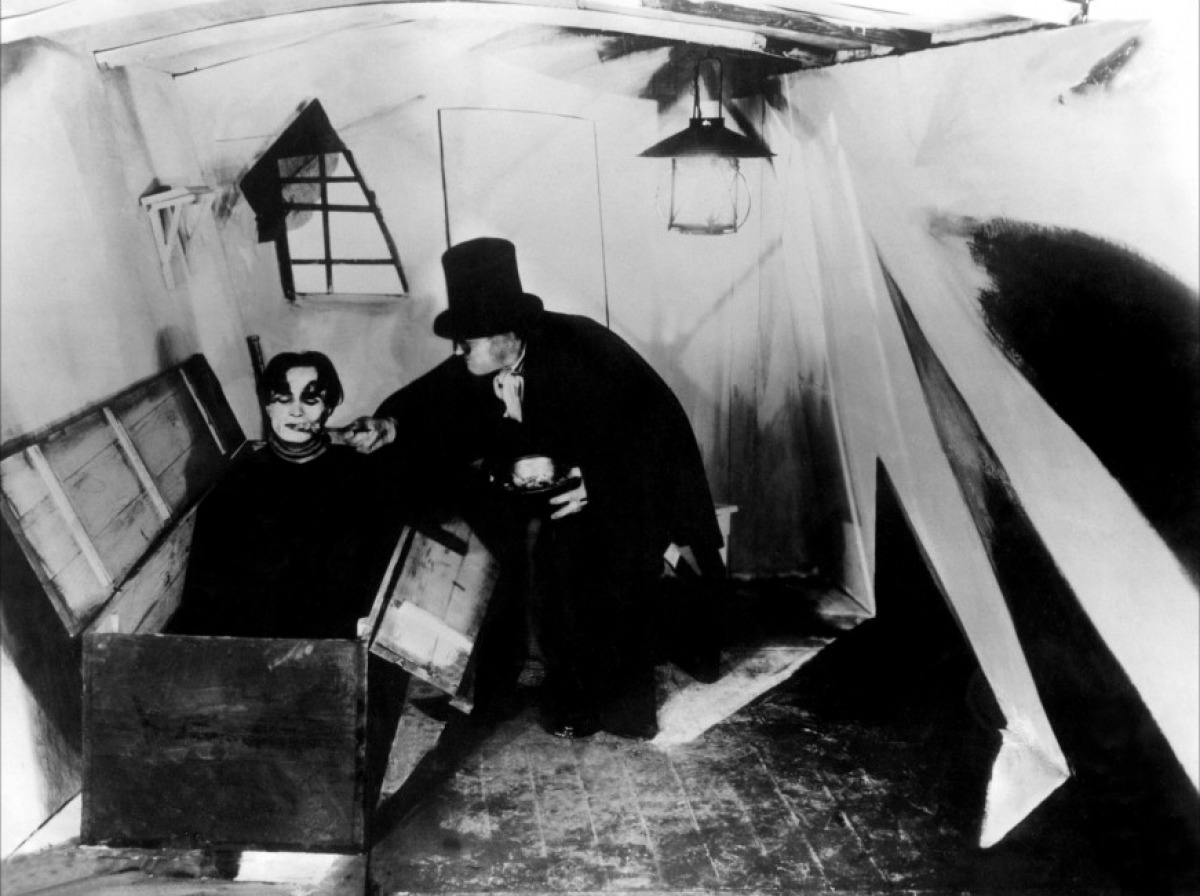
During the early phase of film history expressionism was the first movement to try and free film from its responsibility to be no more than the reproduction of reality or time embalmed. With the use of strong contrast between light and shadows, unusual camera angles and distorted shapes in the setting expressionist film creates a delirious, dreamlike atmosphere that is ideal for early horror films.
Robert Wiene’s silent horror film is a metaphoric story. Screenwriters Carl Mayer and Hans Janowitz embodied their criticism of the German Empire’s war government that conditioned the common people (symbolized by Caligari) to kill. However, Wiene implemented the script with a change: in his version the story is being told by an inmate of a mental institution who has an obsession that Caligari, the director, is an insane criminal who hypnotizes people to kill.
Even though, according to Kracauer, this frame tames the harsh social criticism of the film; it turns it into a special piece of early cinema history, one that establishes unreliable narrative.
14. Stalker (Andrei Tarkovsky; 1979)
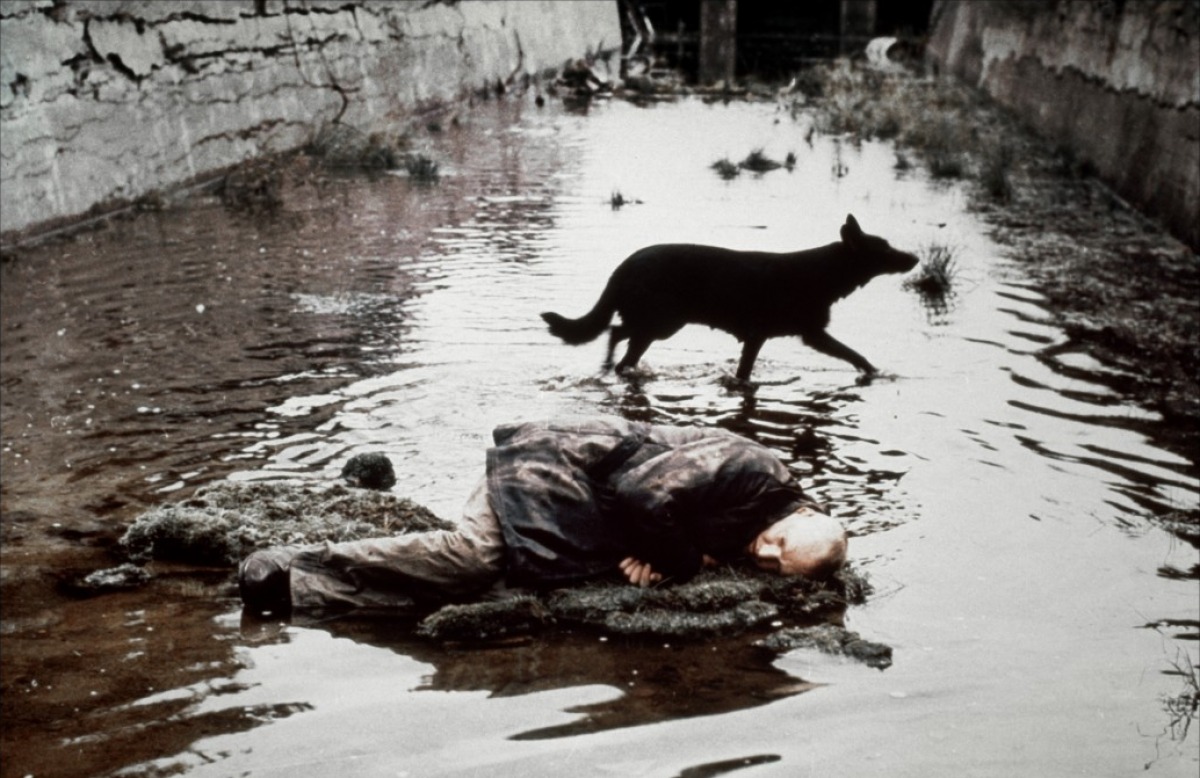
Nature plays a pivotal role in Tarkovsky’s deeply spiritual, existential cinema. In Stalker two men, the Professor (a scientist played by Nikolay Grinko) and a poet called Pisatel (Anatoliy Solonitsyn), pay the Stalker (Aleksandr Kaydanovskiy) to escort them into the Zone. Crossing the barbed wire fence and an embattled territory they arrive to their destination. The Zone is a mystical land of a nature once rich and lively, now seriously war-torn and abandoned.
It is through this land’s labyrinths that Pisatel and the Professor have to find their way to the Room, a place that promises to make every desire to come true. Pisatel and the Professor’s journey is a metaphoric one, during which Tarkovsky explores the real purpose of science, art and everyday life.
The Zone is a special space. Its derelict architecture evokes a hypothetical nuclear war and at the same time the collective memory of the soviet era and the Gulag camps. The wounded but colourful organic space of the Zone signifies a certain disillusioned hope in opposition to the desaturated village which operates as a trap.
13. Werckmeister Harmonies (Bela Tarr; 2000)
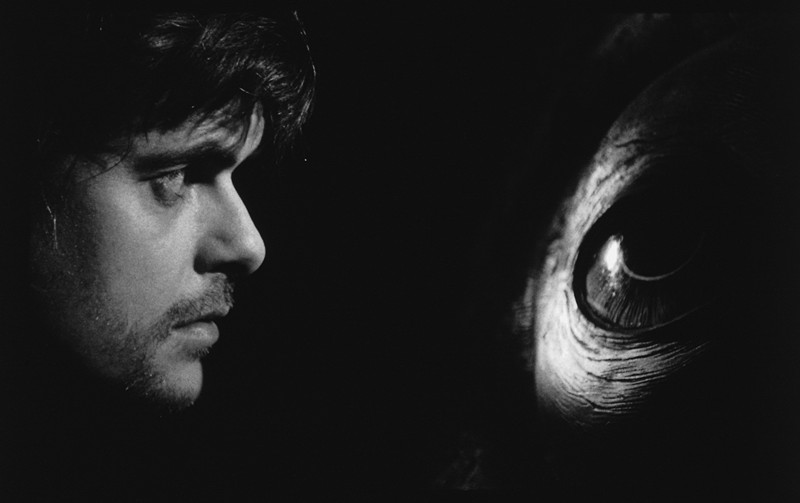
After the seven-hour long Satantango, Werckmeister Harmonies with its two and half-hours is a fairly short Bela Tarr film, but this does not make it an easier watch. Bela Tarr is a remarkable director who is mostly known for his slow movies.
The most particular about his films is their silence: there is not much happening on the screen while people slip from one condition into another. Tarr’s scenes are often long takes, letting the characters naturally exist in their surroundings. However, it is exactly this minimalistic naturalist mise en scene that makes his films stylized, dreamlike and not easy to empathize with.
Werckmeister Harmonies opens with a particularly long pub scene: Janos (Lars Rudolph), the central character explains an eclipse to the drinking folks, using them as living props. It is hard to tell when the drunken people fall out of their roles as planets and turn the scene into a delirious dance, but there is certainly an apocalyptic air by the end of the scene.
This is followed by a circus truck arriving into town that beholds the dead body of a whale. The arrival of this monster and the cold stirs up the calm life of the town, leading to tensions and tragic uncertainty. The film’s climax comes at the sudden appearance of the Prince from behind the whale: his mysterious character appears to trigger the people’s murderous passions.
12. Adaptation (Spike Jonze; 2002)
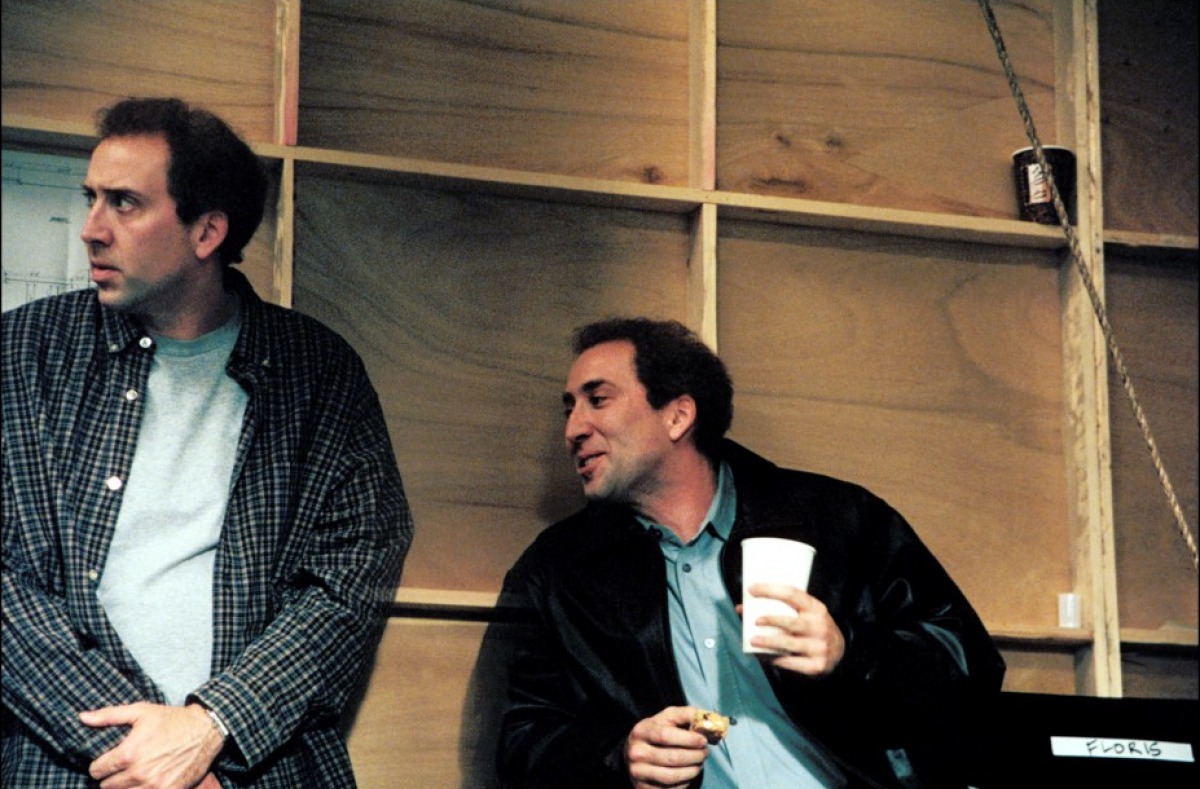
If it comes to film adaptations better than the originals, Adaptation must be mentioned among the finalists. Spike Jonze’s way of putting Suzan Orlean’s book on screen is astounding: instead of simply turning the plot of the literary work into a screenplay, he created an ‘intellectual adventure movie’ by telling the story of the man trying to adapt the book of Suzan Orlean. However, it is not as simple as that.
Jonze’s in-film screenwriter, Charlie Kaufman (Nicholas Cage) suffers from a writer’s block and the annoying shadow of his easy-going twin brother, Donald (Nicholas Cage). Trying to write the screenplay of the film about a journalist (Meryl Streep), who is writing a bestseller about an orchid thief (Chris Cooper), he suddenly finds himself literally involved in the adventures of his characters.
If you prefer your brain constantly being tickled by a complicated multi-layered story than the experience provided by watching an ordinary adventure film, then Adaptation is your sort of film. You have already seen it? Watch it again! It has several hidden subtleties to reveal once you’re done with the intellectual challenge of deciphering who writes the story of whom, who writes the story of another person.
11. El Topo (Alejandro Jodorowsky; 1970)
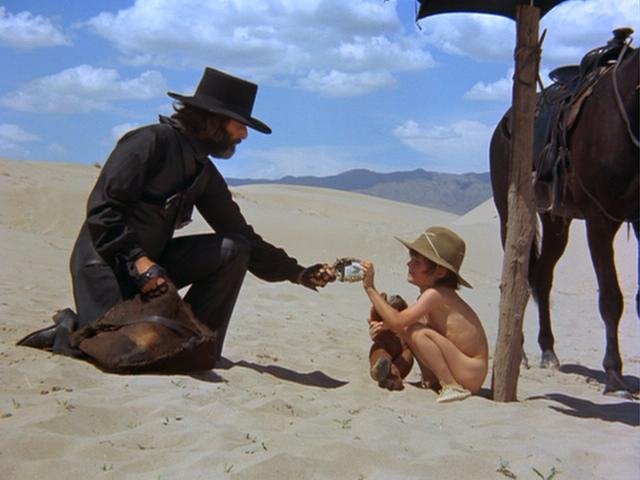
Alejandro Jodorowsky never produced a conventional film. Coming from a background in theatre, he became the master of surreal, absurd cinema with El Topo, which established the director’s international fame among the lovers of cult films. In this surreal, metaphysical western Jodorowsky himself plays El Topo, the lonely journeyman who travels on horseback with his own, naked child on his lap. He asks the child to bury a teddy bear and the picture of his mother.
Later he leaves the boy with the monks and carries on with his journey with a new, female companion. It is a spiritual journey – El Topo is in search of the four Masters to learn and master the art of killing. In order to fulfill his destiny however, he has to murder the four unbeatable Masters, which is only possible through tricks and lies.
During this process El Topo learns how to be truthful and achieves redemption. Jodorowsky’s film is a dark, visionary story that mixes Christian, Buddhist and Teoist symbols with elements familiar from spaghetti westerns.
10. The Eternal Sunshine of the Spotless Mind (Michel Gondry; 2004)
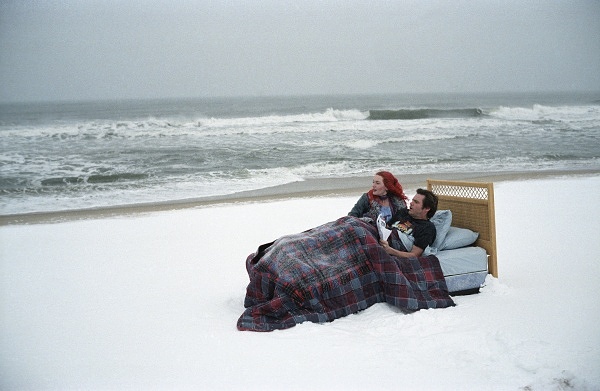
Michel Gondry’s romance uses non-linear narrative to tell the story of an estranged couple who are trying to erase their memory of each other in order to put an end to their relationship. However, as Joel (Jim Carry) goes through the procedure of memory erasure, the images of their relationship come up once again and his subconscious doesn’t seem to let go of the memory of their happier times.
The plot is organised around Joel’s memories, following the events of past in reverse order. However, it is not only the order of time that gets shuffled up. Some characters from Lacuna, where the memory erasure is taking place, turn out to be playing more prominent roles. The relationship of the characters forms a complicated cobweb. It is revealed that some of them went through the procedure themselves and that it is not that easy to trick the human mind.
9. Last Year at Marienbad (Alain Resnais; 1961)
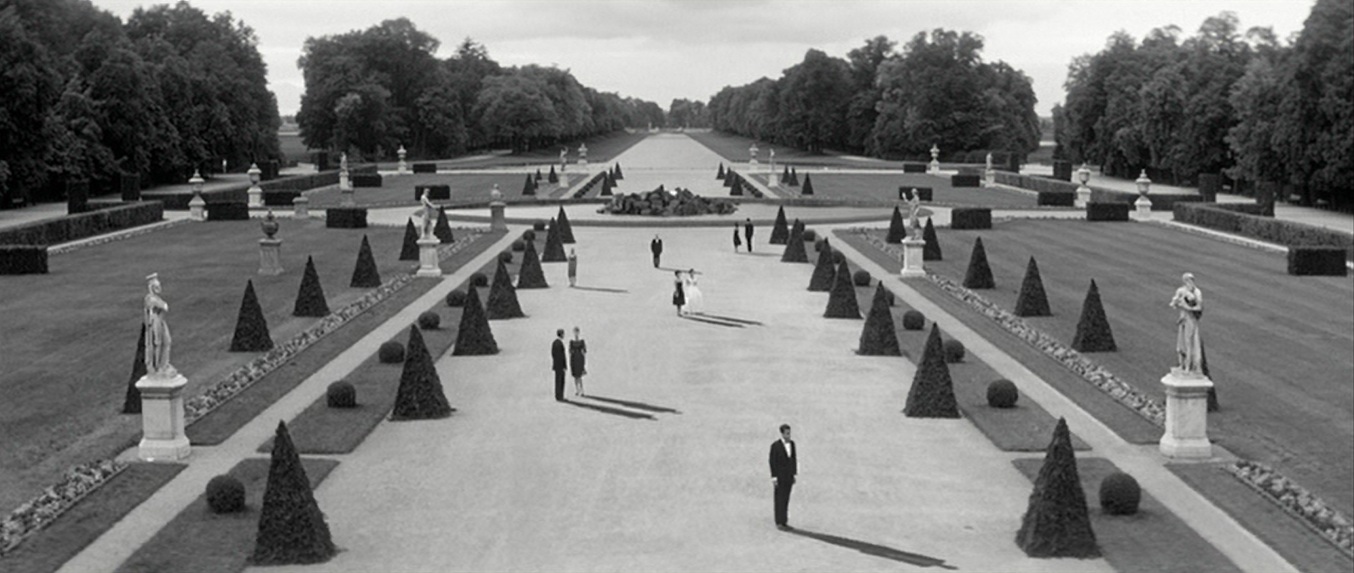
The 60s brought an end to the long reign of traditional narrative in film, giving space to more experimental storytelling structures. Alain Resnais frees moving images from their bondage to space and time and renders dream and memory the key organisational power to control the flow of light and shadow on the screen.
This crystallizes in Last Year at Marienbad, which was a critically acclaimed success. In this dreamlike movie the borderline between space and time diminishes and it is hard to distinguish between the layers of reality, dreams and hypothetical fiction.
The audience is forced to lose their trust in the characters and traditional storytelling at the same time. If one wants to decipher this film, it can only be done by accepting the director’s rules: space and time is relative. Instead of focusing on the characters and the action, the film strips its lead figures of their names and places time at the centre of attention. The man at the beginning of the film claims that he met the woman in Marienbad one year ago, while the woman has no recollection of their encounter.
Whether one of them is right or both of them are lying – possibly no one can tell, but as the film goes on and new variations of similar situations arise, it slowly loses importance. Due to the disorienting shifts in time and space the film is a hard one to follow, but if one can surrender themselves and let the film rule, watching Last Year at Marienbad is a beautifully poetic film experience.